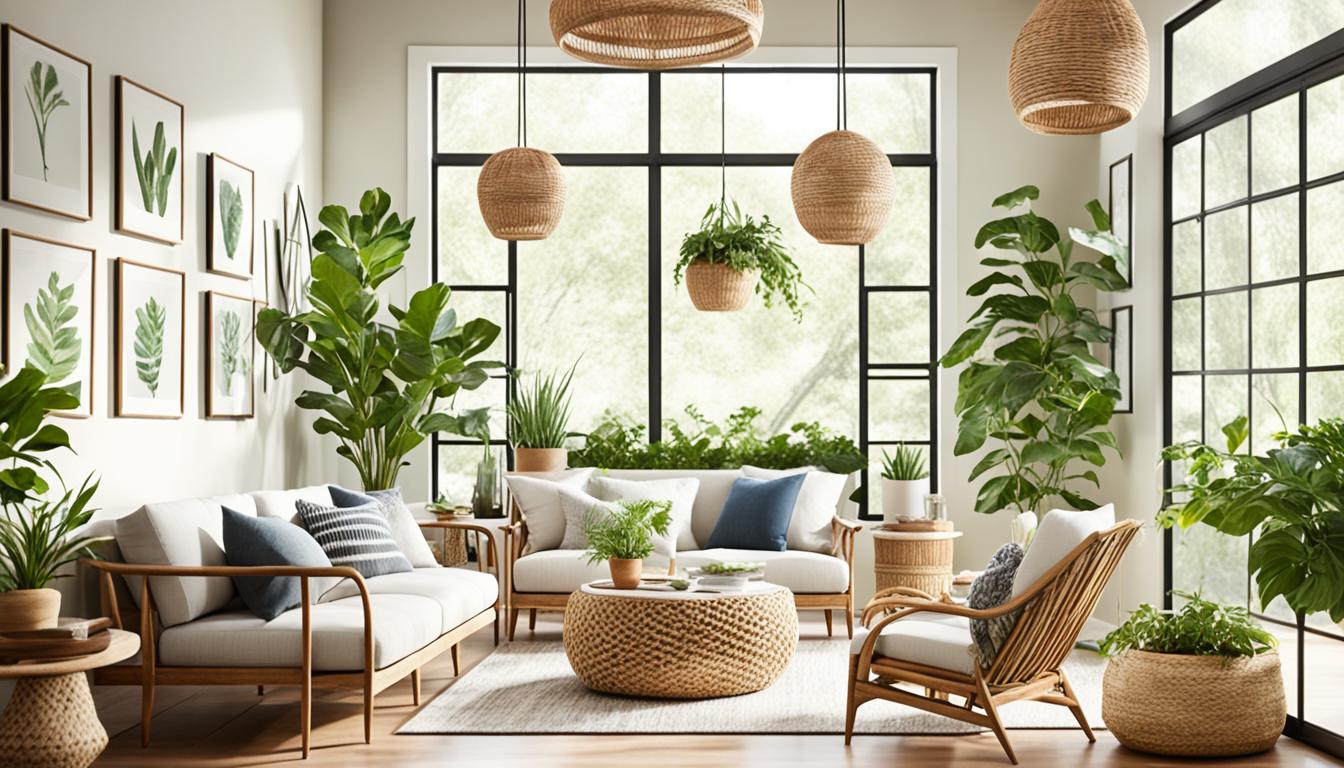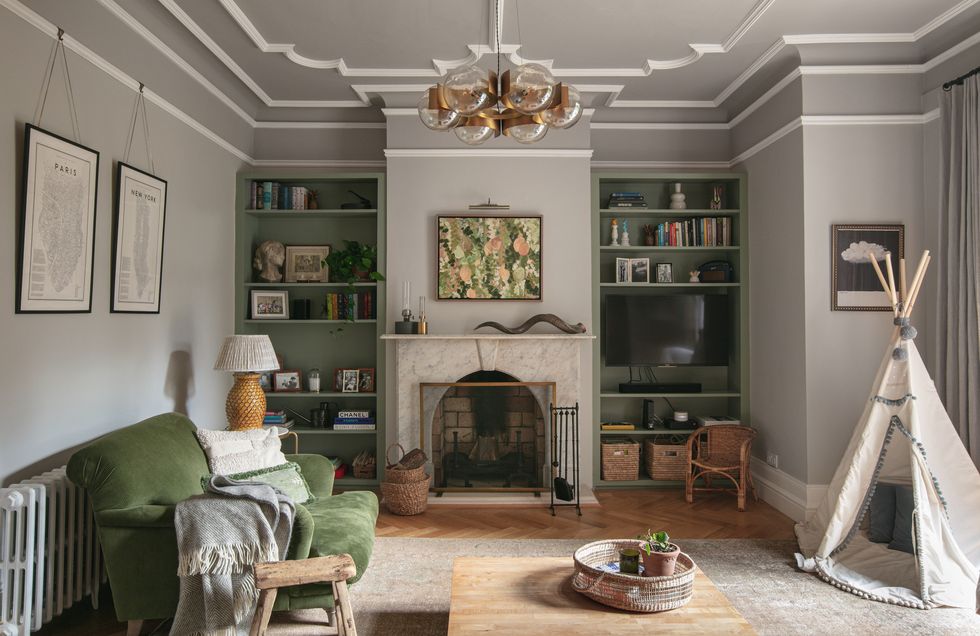Change Your Home With Important Principles of Inside Layout and Appearances
The art of changing your home through the essential concepts of interior decoration and appearance needs a thoughtful method that integrates color, equilibrium, and spatial understanding. By understanding the effect of shade theory and the relevance of texture and patterns, one can develop spaces that are not just visually attractive yet likewise deeply individual. Achieving this balance involves more than plain decoration; it includes a strategic plan and an eager understanding of just how each element engages within a room. As we explore these fundamental principles, think about just how they could redefine your understanding of home and personal expression.
Understanding Shade Theory
Recognizing the principles of color theory allows developers to develop areas that resonate psychologically with residents while satisfying functional needs. Each classification plays an important role in establishing consistency within an area.
The psychological influence of colors is extensive; cozy colors such as reds and oranges evoke energy and warmth, while great tones like blues and environment-friendlies promote peace and serenity. Moreover, the usage of corresponding colors boosts visual interest, producing striking contrasts that can boost a space's allure.
Neutral colors, on the various other hand, function as a flexible background, allowing various other style elements to radiate. It is important to think about factors such as illumination and the space's function when picking a color combination, as these can modify the understanding of shades throughout the day.
Ultimately, a well-considered color pattern can transform a space, fostering a sense of convenience and design that aligns with the residents' preferences. Mastery of shade concept is, therefore, a crucial ability for any type of indoor developer intending to create harmonious and inviting atmospheres.
Achieving Equilibrium in Layout
How can developers attain a sense of balance in their rooms? Achieving equilibrium in style is essential to developing harmonious interiors. Designers can use 3 main sorts of balance: in proportion, asymmetrical, and radial. In proportion balance includes preparing elements evenly around a central factor, cultivating a feeling of order and serenity. This type commonly includes pairs of furniture or artwork, enhancing visual security.
Unbalanced equilibrium, on the other hand, counts on varying aspects that still achieve a natural look. This strategy permits for more vibrant and casual setups, supplying rate of interest while keeping stability. By meticulously choosing varying sizes, shades, and appearances, designers can create an aesthetically compelling area that feels well balanced yet energetic.
Radial equilibrium highlights a main centerpiece with aspects radiating exterior. This style is commonly seen in circular formats, where furniture and style produce a natural surround that draws the eye internal.
Eventually, attaining balance calls for thoughtful consideration of range, percentage, and the connections in between elements. Architecture Firm. By masterfully applying these balance concepts, developers can transform areas into settings that feel both site visually pleasing and functionally unified, boosting the overall experience for occupants
Value of Spatial Recognition

A keen sense of spatial understanding enables designers to recognize centerpieces within a room, guiding the audience's attention to essential features while maintaining an overall sense of unity. It additionally assists in the critical placement of lighting, which can substantially affect the understanding of area and mood. Additionally, recognizing spatial partnerships makes it possible for the developer to cater to the particular needs of citizens, making certain that each location serves its intended objective without jeopardizing visual appeals.
Eventually, spatial awareness is critical for maximizing the potential site here of any kind of interior room. By very carefully considering the interaction between measurements, design, and feature, developers can produce environments that not only fulfill useful needs but also stimulate a sense of comfort and elegance, enhancing the total living experience.
Incorporating Structure and Patterns
Welcoming a diverse series of appearances and patterns can substantially improve the aesthetic and tactile appeal of Visit Website an indoor room. The strategic usage of different products-- such as timber, steel, fabric, and stone-- creates depth and passion, making an area feel much more welcoming and vibrant. As an example, integrating smooth surface areas with harsh textures can establish a balance that attracts the eye and involves the detects.
When including patterns, consider both scale and repeating. Big patterns can function as centerpieces, while smaller, subtle designs can enhance other aspects without overwhelming the area. Layering patterns, such as pairing floral pillows with candy striped tosses, adds complexity and a sense of harmony if performed attentively.
It is additionally critical to keep a cohesive shade combination, ensuring that appearances and patterns collaborate as opposed to compete for focus. By picking a couple of key appearances and patterns, you can produce a linked aesthetic that mirrors your individual style while boosting the total ambiance of the space. Ultimately, the careful unification of these aspects can change an ordinary space right into a sophisticated setting rich with personality and warmth.
Customizing Your Room
Developing an area that mirrors your personality is crucial to attaining a really welcoming atmosphere. Customization in interior decoration permits you to instill your distinct design and passions into your home, changing it from a plain shelter into a sanctuary that speaks with who you are. Begin by choosing a shade scheme that resonates with your emotions-- vibrant hues can stimulate, while soft tones use peace.
Incorporate artwork and style that reflect your enthusiasms, whether it be travel, nature, or abstract ideas. Presenting individual collections, such as publications, photos, or mementos, can stimulate treasured memories and develop centerpieces within an area. Additionally, think about personalizing practical items, like upholstered furnishings, to line up with your aesthetic choices.

Final Thought
In verdict, the improvement of a home through the crucial concepts of interior decoration and aesthetic appeal requires a detailed understanding of color theory, balance, spatial recognition, structure, and customization. Each element adds considerably to developing a harmonious and practical living environment - miami interior design. By attentively integrating these principles, individuals can boost the visual charm and psychological resonance of their areas, ultimately promoting a home that mirrors unique identities while supplying comfort and usefulness